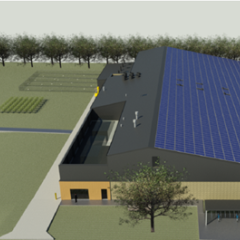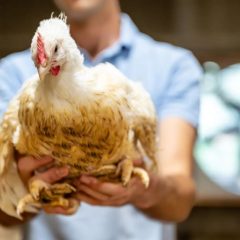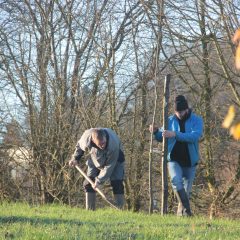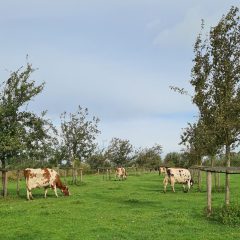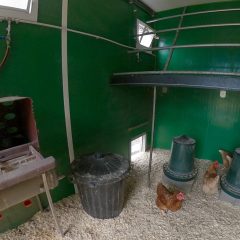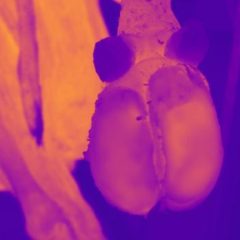Research project Pasture protection: adequate shelter for animals kept outdoors
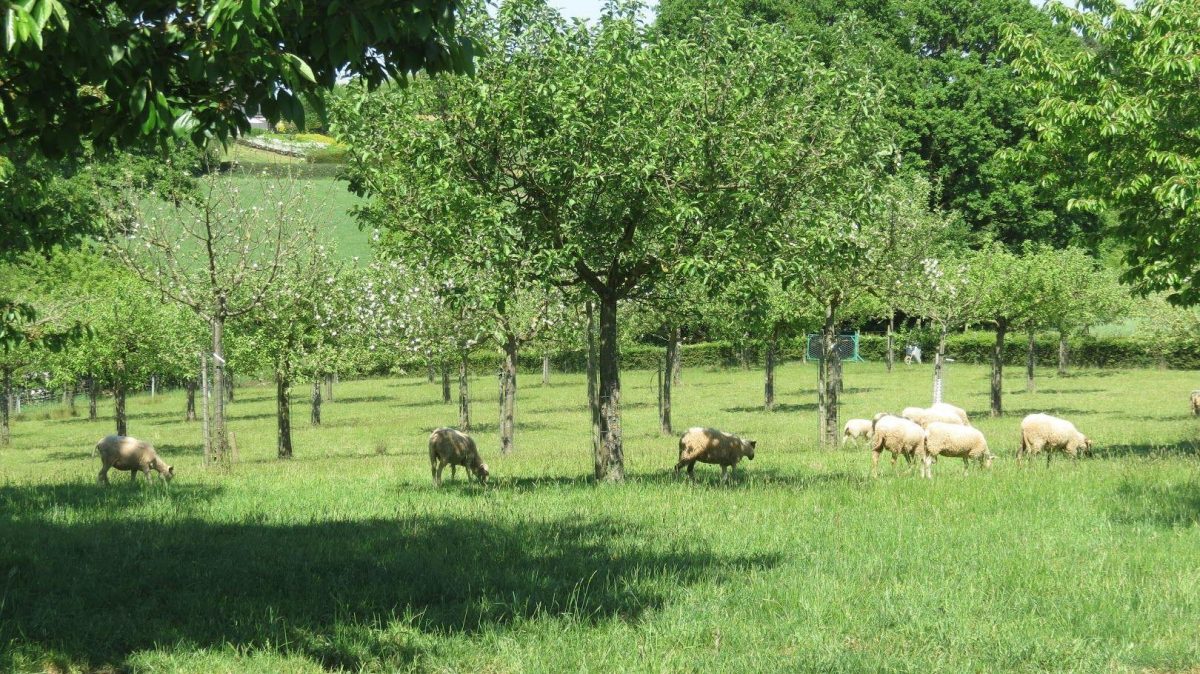
General introduction
Commissioned by Animal Welfare Flanders, BOS+ and ILVO investigated how to guarantee the welfare of cattle, sheep and horses in a natural way in pastures. The result is a substantiated list of possibilities, ranging from single trees, through hedges and hedgerows, wooded borders as coppice, small groves and fruit-bearing standard orchards. In each case, their sheltering potential and their construction and maintenance needs were identified. The aim of the WEIDESCHERM project was to determine which of the investigated tree species and shrubs have an acceptable beneficial effect on animal welfare (shelter from the sun, rain, wind...), submit and at the same time also have good forage value, wind resistance and suitability on a site like a pasture.
Research approach
First we examined the effect of extreme weather conditions on the welfare of outdoor animals, as well as their preferences in terms of shelter, microclimate or forage value. We also examined which tree and shrub species are less suitable or even toxic. Because not all trees tolerate every habitat equally well (e.g., due to wind or trampling), we also included this aspect during the study. In addition, we summarized the relevant legislation and subsidy possibilities. Via field visits to ten farmers who apply these practices, we investigated their experiences with advantages and disadvantages, needs and bottlenecks.
Relevance/Valorization
The results of the research were compiled in a comprehensive final scientific report and a summary brochure. The report of the field visits can be found in the section 'Toepassers aan het woord' on the website of Agroforestry Flanders. In practical information sheets, information on the construction and management of different types of shelter belts, such as single trees, hedges and hedgerows, wooded edges as coppice, small woodlands and fruit-bearing standard orchards have been collected. Together with the Soil Service of Belgium, one of the modules of the 'Agroforestry Planner', 'BETULA', was fine-tuned to suit livestock farmers looking for suitable tree species for their plot.


